When people think about camping, 9 out of 10 times, they think about tent camping. Camping with a tent provides the greatest amount of flexibility. With a little bit of planning, tent camping can be lots of fun and very comfortable.
To help you get started off right, this complete guide to tent camping. It will cover everything you need to know to get out and enjoy the great outdoors.
How to Select a Tent
A good tent will be completely waterproof and have plenty of ventilation. Both of these factors are absolutely critical considerations, as a leaky or stuffy tent will have you loathe the entire experience.
Here is a checklist of features your tent should have:
1) Size: The size of the tent will depend on how many people it needs to hold ad what other items you want to have in the tent. For example, a two-person tent is just big enough for two people to sleep comfortably, whereas a family-style tent can sleep eight to 10 people plus room for a table and chairs.
Unless you plan to go backpacking miles from the road, pick a tent that is just a little larger than you think you will need. However, if backpacking miles from the road, pick the smallest and lightest tent you can find. Typically this means a two-person tent weighing under seven pounds for every two people.
For typical family camping, we recommend getting a tent that is 2x larger than the number of people who will be sleeping in the tent. For example, if there will be 4 people sleeping in the tent, you will do best with at least an 8-man tent. Check out our post on the best large family tents to find lots of great options.
2) A bathtub floor. A good waterproof tent will have a floor constructed of heavy-duty PVC or some other type of waterproof material. A tent with a “bathtub” floor has waterproof material extending a few inches up the sides of the tent from the floor to prevent intrusion of groundwater.
3) A full-size screendoor. The tent’s door should have a full-size screen door with a storm flap or a door with a screen window at least half the size of the door.
4) Windows for ventilation. Windows will allow for cross ventilation. Smaller tents, designed for one to four people, should have at least one zippered screened window. This type of tent will also have a screened vent at the top of the ceiling that is covered by a rain fly. Larger, family-style tents should have multiple windows.
Additional Gear Needed for Tent Camping
Additional gear can be broken down into the categories of necessary and optional.
Necessary Equipment
• Sleeping Bags: One bag for each camper. Be sure to choose a bag with a temperature rating for the time of year and climate. For example, the temperatures on the Kenai Peninsula in Alaska are cooler in the summer than the temperature in North Florida in the winter. To find the right sleeping bag for your needs, check out our post about the best sleeping bags.
• Sleeping Pads: One for each camper. These can range from anything heavier inflatable air beds and mattresses to thin and lightweight foam pads. Personally, we really like memory foam mattresses. My wife and I use these 3″ gel memory foam pads and these 1.5″ memory foam pads for our kids.
• Tarps: Even though your tent is waterproof when used according to the manufacturer’s instructions, having a tarp above your tent is great insurance for staying dry in a downpour and will also keep the tent cooler under a hot sun.
A second tarp, erected over the front of your tent, like an awning, will give you a place to hang out in any weather. We normally like to match the size of the tarps to the tent, but it’s not a bad idea to bring a couple of different size tarps with you.
• Flashlight: Because it gets dark at night. This is also one of the most fun parts of camping for kids. They love using a flashlight at night. Check out our list of the best camping flashlights to great options.
• Ropes: While almost all new tents are built to be free-standing, without guy ropes, ropes are essential to properly setting up your tarps. Additionally, you can use some extra rope for a clothesline, which is always nice. We always bring extra rope, and I almost always find a good use for it.
• Insect Repellent: There are plenty of bugs in the woods, even in developed campgrounds. While DEET has been shown in studies as completely safe for human use, many good natural preparations, such as lemon-eucalyptus oil, work well.
A product called “Afterbite” is excellent for relieving the itch of a bug bite. Another product called the “Tick Twister” is hands down the safest and most effective way of removing a tick.
• Water Purifier: If you will be camping in an area without access to drinkable water, bringing a water purifier is a good idea. You can get something as simple as a LifeStraw or something a little larger like this hand pump water filter.
Optional Equipment
- Folding table and chairs.
- Cookstove.
- Ice chest or battery-operated cooler.
- Pots, pans, dishes, cups, and flatware.
- Food-storage containers.
Tent Camping Planning
Determine what type of camping you want to do, and then you’ll need to select a campsite. There are benefits to each type of camping, but you’ll need to decide what type of trip you are wanting to take. If this is your first tent camping trip, we recommend car camping. It will be the easiest way to ensure you have enough space for all your gear to ensure you have a great time.
Car Camping
Car camping is described as the type of camping where you can pull right into your campsite and set up camp. Since you don’t have to carry your gear anywhere, you can bring as much of whatever you like that will fit in your vehicle. This can be done at a campground or even with dispersed camping. Either way, you’ll be driving your car right up to where you’ll be camping.
Backpacking
No one ever returned from a backpacking trip and said, “Next time, I am going to bring more stuff.” A 40-pound pack may not seem all that heavy when you first hoist it on your back, but after you have carried it uphill for a few miles, you will want to dump out half of your gear. Instead, learn the difference between want and need and take just the bare essentials. Your muscles will thank you, and you will have a much better time.
Selecting a Campsite
Your campsite should be level and preferably shaded. While most developed campgrounds will have a ready water supply, select a spot near water when camping in the backcountry. Never set up camp in a depression or at the bottom of a hill, as this will most likely result in your tent becoming flooded during a storm.
Most importantly, make absolutely certain any trees around your campsite are leaning away from your tent. In case one decides to come crashing down, it will fall away from your camp. For more information on finding good camping sites, check out our post about how to find the best campsites and campgrounds.
Plan Out Your Food Needs
You can bring pretty much any type of food you like when car camping. You can cook whatever you’d like with a propane cook stove and power and water hookups. However, camping in undeveloped places, like a National Forest campground or the backcountry, requires a bit of thought.
We recommend bringing some of your favorite meals that are not too difficult to prepare. If you want to keep meal prep to a minimum while out camping, you can do a lot of the meal prep before you even leave.
Follow these basic steps, and you won’t go wrong.
- Plan out the meals
This will ensure you think of all your food needs for your entire trip. If you are like us and enjoy having a larger breakfast and dinner, then we recommend planning smaller lunches. We ultimately end up with extra food, which we often didn’t use for lunch. - Prep your meals.
The more you can pre-prep, the easier it will be. We often cut up vegetables, premixed dry ingredients, and sometimes even pre-cook meat. While it is fun to cook over the fire, you don’t want to have to do that for every meal. - Properly pack your food.
We typically bring a couple of plastic bins for food storage as well as a larger cooler. If you are only going for a day or two, you can get buy with a basic cooler like this 50-quart Coleman cooler. If you will be camping for 4+ days, we recommend the RTIC 45 Cooler, which is better at keeping food cool for longer.
You can find many more tips and basic recipes in our camping food & cooking guide post.
Tent Camping Safety
First Aid
First aid is often something and is easily looked over or forgotten. Most likely, you will not have any major issues that require much first aid, but it’s always good to be prepared. Additionally, a basic first aid kit always comes in handy with kids. Our kids often accumulate a handful of bumps and scratches while having fun outdoors.
If you’d like to build your own first aid kit, follow the steps in our DIY first aid kit guide. This will allow you to build a kit that will be customized to your and your family’s needs. On the other hand, if you don’t want to build your own, we recommend this first aid kit, which covers all your basic first aid needs.
Water Needs
Ensuring you have enough water is crucial to planning your tent camping trip. If you are camping in a campground where you will have access to potable water, this won’t be as much of a concern.
If you will be doing some dispersed camping, you’ll need to better plan out your water needs. As you plan your water, remember to include enough water for drinking, washing hands, and cleaning dishes. When planning your water needs, it’s always best to have too much than too little.
Food Storage
Outside of a developed campground, never store or eat food in the tent. This goes triple when camping in bear country. All sorts of animals, from chipmunks to bears, will be attracted to food smells.
To keep these critters out of your camp, hang your food over a tree branch at least 100 feet from camp, 15 feet off the ground, and 10 feet away from the trunk of a tree. Bear-proof storage containers are required in some areas with high bear activity, like Yellowstone National Park.
Bear Safety
Many people often have a little bit of a fear of bears while out camping. It’s not common to see bears while out camping, and they will normally avoid humans if they know you are there. It is still wise to be cautious and take extra steps to make sure you stay safe. You can read about more bear safety tips and recommendations on the National Parks Services page.
One piece of extra gear that is recommended for bear safety is bear spray. Bear spray is an extra-potent pepper spray preparation that blasts a 35-foot long, eight-foot wide fog that effectively deters aggressive bears.
In most camping situations, you will never need it. In areas where bears have lost their fear of humans, as in some National Parks, it is better to have it and not need it than the other way around. Be sure your bear spray has a two-percent concentration of capsaicin.
Summary
With today’s lightweight and high-tech camping gear, you have more than enough choices to make tent camping a truly pleasurable and rewarding experience. Websites like Amazon are great places to read reviews when shopping for tent-camping gear. You can quickly learn what other people are saying about something you have your eye on.
Shop around, find the best deals on the things you need, plan well, and your time in the great outdoors will be nothing short of fantastic.

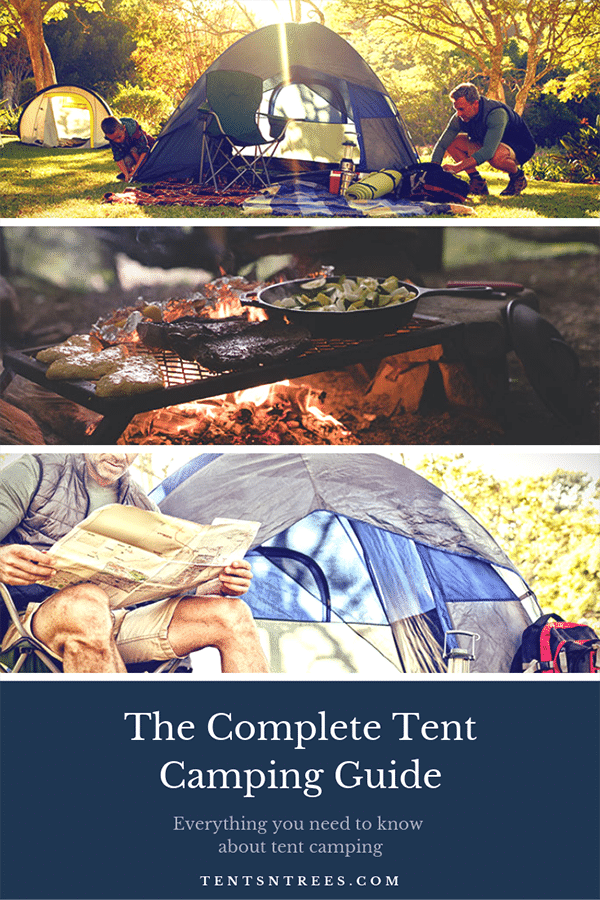
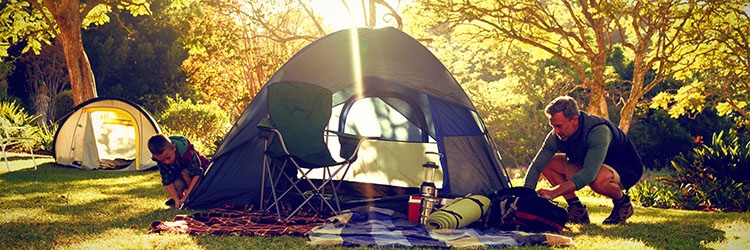
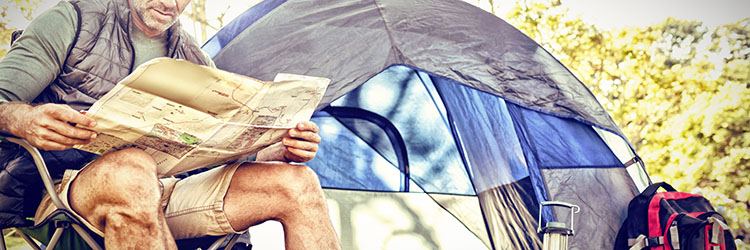
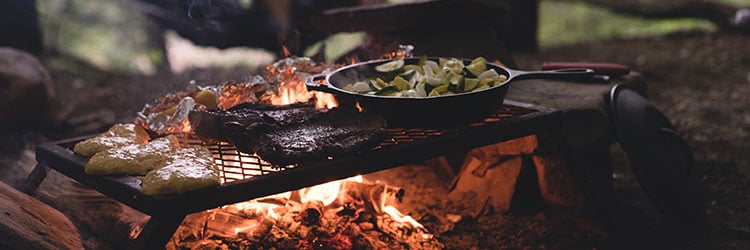
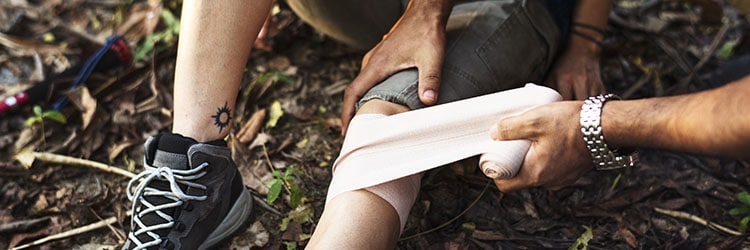
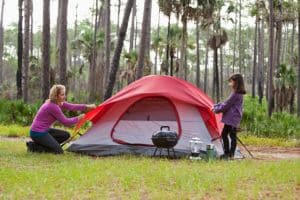
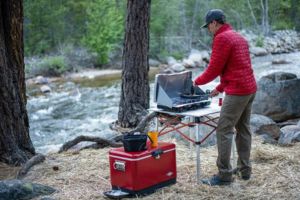
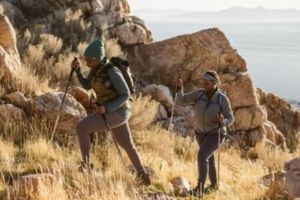
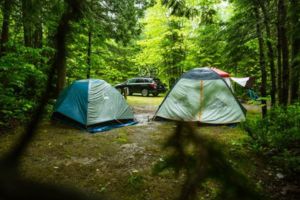
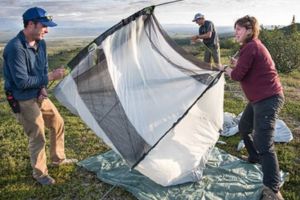
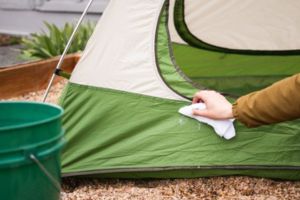
This blog post is incredibly helpful for novice campers like me as it provides detailed tips and suggestions on how to select the perfect tent. I found the size tip very useful, especially when it comes to family camping since you need to take into account sleeping arrangements and other necessities. I also liked the part where it mentioned that bringing additional gear such as sleeping pads, tarps, and emergency items is essential. This gave me an idea of what I should include in my camping checklist in order to stay comfortable while being outdoors.